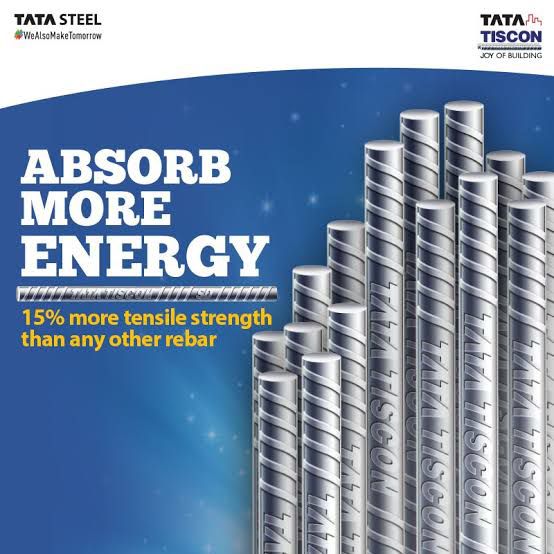COST REDUCTION STRATEGIES FOR ENHANCED PRODUCTION EFFICIENCY
Cost Reduction Strategies for Enhanced Production Efficiency
In today’s competitive business landscape, achieving enhanced production efficiency while minimizing costs is paramount for any organization’s success. Implementing cost reduction strategies is a fundamental aspect of maintaining a competitive edge. By optimizing processes and resources, companies can improve productivity, reduce waste, and ultimately increase their profitability. Here are some key cost reduction strategies to enhance production efficiency:
1. Lean Manufacturing Principles
Lean manufacturing is a methodology that focuses on eliminating waste and increasing efficiency. Key principles include:
- Just-In-Time (JIT) Production: JIT minimizes inventory by producing goods as needed, reducing storage costs and the risk of obsolescence.
- Kaizen Continuous Improvement: Encourage a culture of continuous improvement, where employees are empowered to suggest and implement small changes that add up over time.
- Value Stream Mapping: Analyze and optimize the entire production process to eliminate non-value-added activities.
2. Automation and Technology Integration
Embracing automation and integrating advanced technologies can lead to significant cost savings. Some strategies include:
- Robotics and AI: Use robots and artificial intelligence to perform repetitive tasks with high precision and speed, reducing labor costs and errors.
- IoT (Internet of Things): Connect machinery and equipment to collect real-time data for predictive maintenance, reducing downtime and repair costs.

- Digital Twins: Create virtual models of physical processes to optimize production, improve quality, and reduce waste.
3. Supply Chain Optimization
A streamlined supply chain is essential for cost reduction. Strategies include:
- Supplier Consolidation: Reduce the number of suppliers and negotiate better terms for bulk purchases.
- Inventory Management: Implement efficient inventory control systems to avoid overstocking or understocking.
- Just-In-Time Delivery: Coordinate deliveries to align with production schedules, minimizing storage costs and delays.
4. Energy Efficiency
Reducing energy consumption not only lowers costs but also benefits the environment. Consider:
- Energy Audits: Identify areas where energy can be conserved and invest in energy-efficient equipment.
- Renewable Energy: Explore renewable energy sources like solar or wind to power production facilities.
- Process Optimization: Optimize manufacturing processes to reduce energy-intensive steps.
5. Employee Training and Engagement
A skilled and motivated workforce can significantly impact production efficiency. Strategies include:
- Training Programs: Invest in training to enhance employee skills and reduce errors.
- Employee Involvement: Encourage employees to contribute ideas for process improvement.
- Performance Metrics: Implement performance metrics and rewards to motivate employees and track progress.
6. Quality Control
Eliminating defects and rework is essential for cost reduction. Consider:
- Six Sigma: Utilize Six Sigma methodologies to reduce defects and improve quality.
- Total Quality Management (TQM): Implement a TQM system that emphasizes continuous improvement and customer satisfaction.
- Root Cause Analysis: Identify the root causes of defects to prevent recurrence.
7. Outsourcing and Offshoring
Consider outsourcing non-core activities or offshoring certain production stages to lower-cost regions, but carefully evaluate the impact on quality and supply chain reliability.
8. Regulatory Compliance and Sustainability
Ensure compliance with environmental and safety regulations, as non-compliance can lead to costly fines. Additionally, sustainable practices can reduce waste and long-term operational costs.
In conclusion, enhancing production efficiency while reducing costs is an ongoing process that requires a holistic approach. By implementing these cost reduction strategies, businesses can not only improve their bottom line but also become more competitive in an ever-changing market. Careful planning, employee involvement, and a commitment to continuous improvement are key elements in achieving sustainable cost reductions and enhanced production efficiency.


